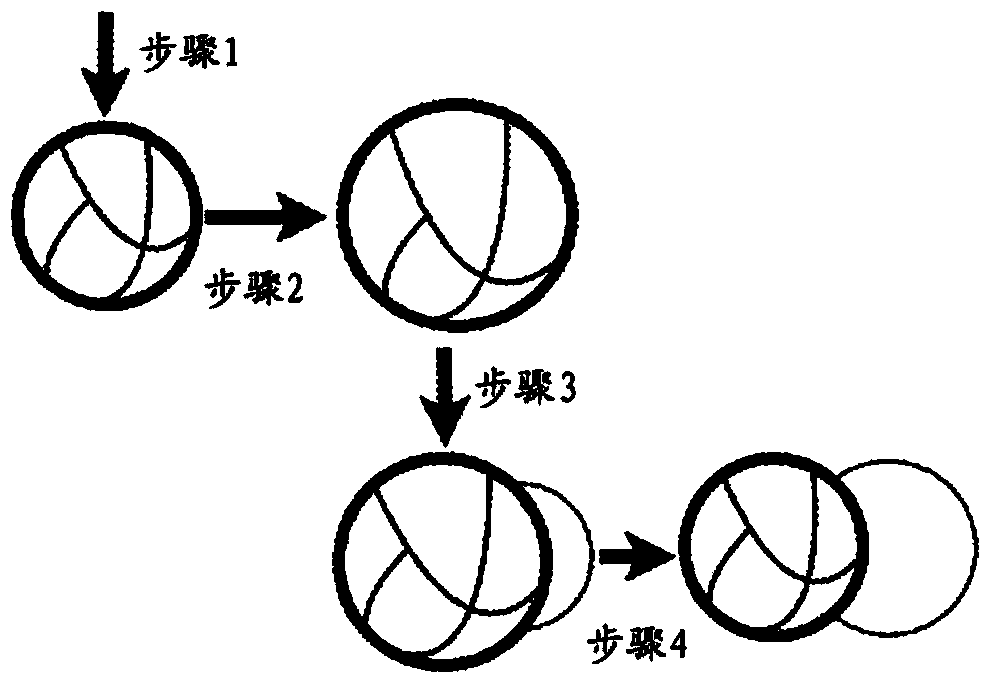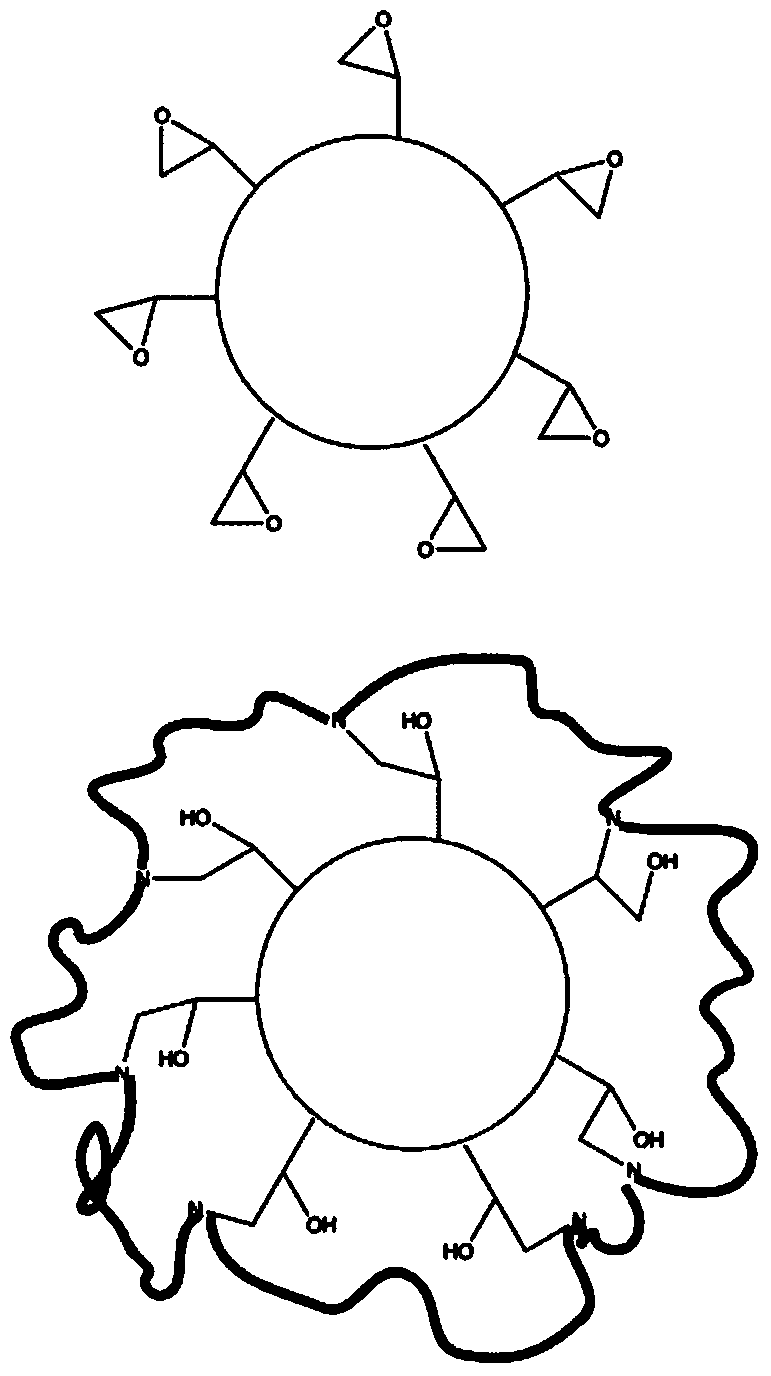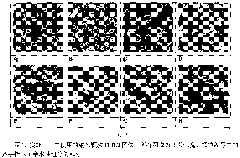Use of synthetic janus particles for preventing or reducing crystal growth
A technology of crystal growth and particles, applied in medical preparations of non-active ingredients, nanotechnology for materials and surface science, applications, etc., can solve problems such as low utilization, complex multi-step synthesis steps, and degradation limitations
- Summary
- Abstract
- Description
- Claims
- Application Information
AI Technical Summary
Problems solved by technology
Method used
Image
Examples
Embodiment 1
[0070] Example 1 - Preparation of amphiphilic particles
[0071] Dumbbell (peanut-shaped) anisotropic, or "Jenners" particles were produced using a two-step emulsion polymerization process. In the first step, a lightly crosslinked polymer emulsion with a hydrophilic shell is prepared. Styrene sulfonate and poly(ethylene glycol) methacrylate-based monomers were used in small amounts as comonomers to generate microgel emulsified particles (approximately 200 nm in diameter) with a hydrophilic surface. These particles were then swollen with various amounts of styrene monomer at room temperature. The separation of the phases, resulting in the formation of hydrophobic protuberances, is caused by the entropy reduction of the crosslinked particles at elevated temperature and, to further exclude the introduction of hydrophilic moieties, by a second phase induced by azobisisobutyronitrile (AIBN). The seed polymerization step is further facilitated. The second hydrophobic protrusion...
Embodiment 2
[0076] Example 2 -test
[0077] 2.1 Method
[0078] The ability of particles to inhibit ice recrystallization was measured using a modified 'splat' assay that enables quantitative evaluation of the mean maximum particle size (MGLS) of polycrystalline borneol after annealing at -6 °C for 30 min.
[0079] As a reference, "hair-like" particles containing the same hydrophilic core with grafted poly(styrenesulfonate) polymer chains grown from the surface were also synthesized and tested. The physical properties of this kind of particle and the particle prepared according to embodiment 1 are summarized in table 1, in image 3 SEM images of these particles appearing as peanut-like or dumbbell structures are shown in .
[0080] Table 1. Properties of Nanoparticles
[0081]
[0082] (a) determined by SEM; (b) polydispersity index determined by DLS; (c) seed particles, which form the hydrophilic part of all other particles; (d) "hair-like" particles, poly(styrene sulfonate) bru...
Embodiment 3
[0089] Example 3 -test
[0090] 3.1 Method
[0091] A modified (qualitative) RI assay was also performed in concentrated sucrose solution. This is more representative of food science applications and has been used to characterize other AFPs. The granules were formulated in a 45% by weight sucrose solution at a concentration of 5 mg.mL-1. 5 μL of this solution was placed between two microscope coverslips and snap frozen to approximately -20°C on the microscope stage. Once frozen (typically less than 30 seconds), samples were heated to -6°C and maintained at this temperature throughout the experiment. Pictures were taken every 10 min, and particle size (area) was determined using Image J software.
[0092] 3.2 Results
[0093] Figure 6 The results of this assay with particles A and G are shown. The samples containing particle G clearly had more and smaller ice crystals present, further indicating the ability of the particles to inhibit ice recrystallization.
PUM
| Property | Measurement | Unit |
|---|---|---|
| Diameter | aaaaa | aaaaa |
| Diameter | aaaaa | aaaaa |
Abstract
Description
Claims
Application Information
 Login to View More
Login to View More - R&D
- Intellectual Property
- Life Sciences
- Materials
- Tech Scout
- Unparalleled Data Quality
- Higher Quality Content
- 60% Fewer Hallucinations
Browse by: Latest US Patents, China's latest patents, Technical Efficacy Thesaurus, Application Domain, Technology Topic, Popular Technical Reports.
© 2025 PatSnap. All rights reserved.Legal|Privacy policy|Modern Slavery Act Transparency Statement|Sitemap|About US| Contact US: help@patsnap.com



